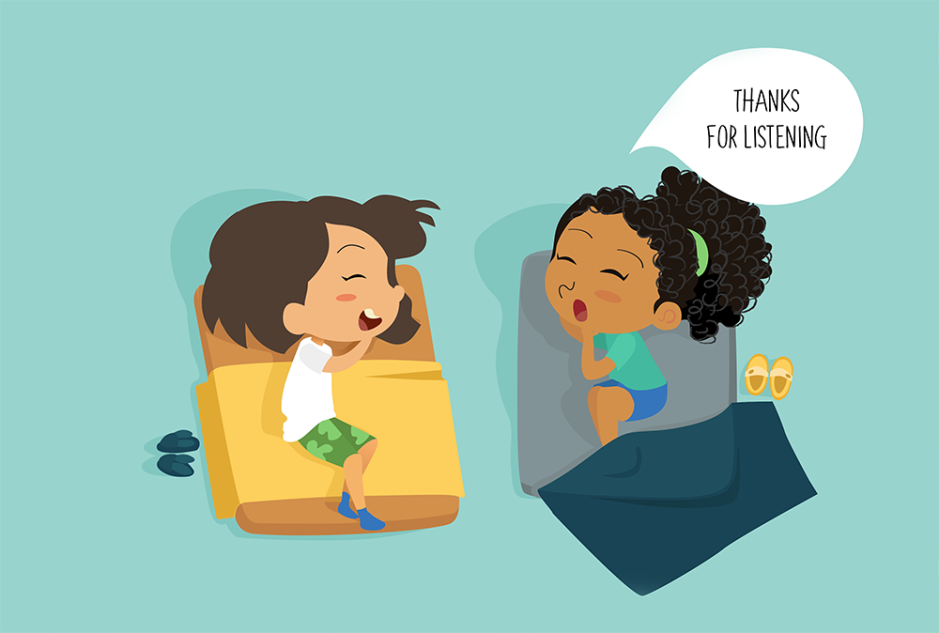Introduction
A social relation is the fundamental unit of analysis within the social sciences, and describes any voluntary or involuntary interpersonal relationship between two or more individuals within and/or between groups. The group can be a language or kinship group, a social institution or organisation, an economic class, a nation, or gender. Social relations are derived from human behavioural ecology, and, as an aggregate, form a coherent social structure whose constituent parts are best understood relative to each other and to the social ecosystem as a whole.

Brief History
Early inquiries into the nature of social relations featured in the work of sociologists such as Max Weber in his theory of social action, where social relationships composed of both positive (affiliative) and negative (agonistic) interactions represented opposing effects. Categorising social interactions enables observational and other social research, such as Gemeinschaft and Gesellschaft (lit. ‘community and society’), collective consciousness, etc.
Ancient works which include manuals of good practice in social relations include the text of Pseudo-Phocylides, 175–227, Josephus’ polemical work Against Apion, 198–210, and the deutero-canonical Jewish Book of Sirach or Ecclesiasticus, 7:18–36.
More recent research on social behaviour has demonstrated that newborn infants tend to instinctually gravitate towards prosocial behaviour. As obligate social apes, humans are born highly altricial, and require an extended period of post-natal development for cultural transmission of social organisation, language, and moral frameworks. In linguistic and anthropological frameworks, this is reflected in a culture’s kinship terminology, with the default mother-child relation emerging as part of the embryological process.
Forms of Relation and Interaction
According to Piotr Sztompka, forms of relation and interaction in sociology and anthropology may be described as follows: first and most basic are animal-like behaviours, i.e. various physical movements of the body. Then there are actions—movements with a meaning and purpose. Then there are social behaviours, or social actions, which address (directly or indirectly) other people, which solicit a response from another agent.
Next are social contacts, a pair of social actions, which form the beginning of social interactions. Symbols define social relationships. Without symbols, our social life would be no more sophisticated than that of animals. For example, without symbols people would have no aunts or uncles, employers or teachers-or even brothers and sisters. In sum, symbolic integrations analyse how social life depends on the ways people define themselves and others. They study face-to-face interaction, examining how people make sense out of life, how they determine their relationships.
| Physical Movement | Meaning | Directed Towards Others | Await Response | Unique/Rare Interaction | Interactions | Accidental, Not Planned, But Repeated Interaction | Regular | Interactions Described by Law, Custom, or Tradition | A Scheme of Social Interactions | |
| Behaviour | Yes | |||||||||
| Action | Yes | Maybe | ||||||||
| Social Behaviour | Yes | No | Yes | |||||||
| Social Action | Yes | Yes | Yes | No | ||||||
| Social Contact | Yes | Yes | Yes | Yes | Yes | |||||
| Social Interaction | Yes | Yes | Yes | Yes | Yes | Yes | ||||
| Repeated Interaction | Yes | Yes | Yes | Yes | Yes | Yes | Yes | |||
| Regular Interaction | Yes | Yes | Yes | Yes | Yes | Yes | Yes | Yes | ||
| Regulated Interaction | Yes | Yes | Yes | Yes | Yes | Yes | Yes | Yes | Yes | |
| Social Relation | Yes | Yes | Yes | Yes | Yes | Yes | Yes | Yes | Yes | No |
This page is based on the copyrighted Wikipedia article < https://en.wikipedia.org/wiki/Social_relation >; it is used under the Creative Commons Attribution-ShareAlike 3.0 Unported License (CC-BY-SA). You may redistribute it, verbatim or modified, providing that you comply with the terms of the CC-BY-SA.


You must be logged in to post a comment.